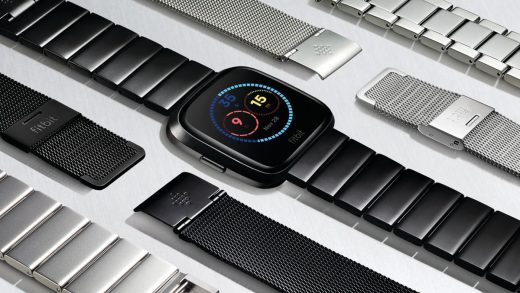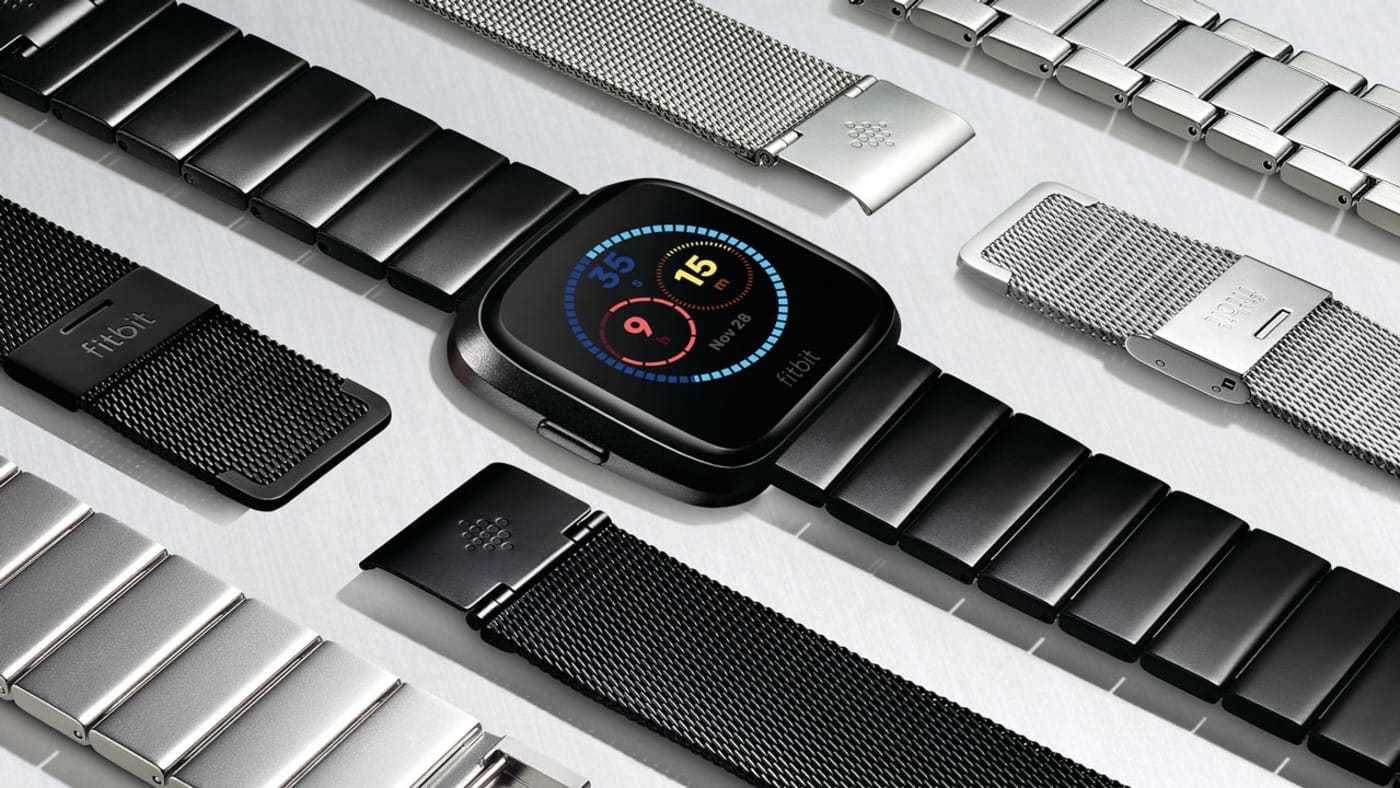Fitbit Will Use Google Cloud To Integrate With Health Systems
Fitbit says it’ll use Google’s cloud service and healthcare API to offer a care management and coaching platform for healthcare providers.
Google’s cloud will give Fitbit a HIPAA-compliant data repository that can connect with the electronic medical records (EMR) systems used by health providers—giving Fitbit the scale it needs to integrate with large hospitals and insurers.
Google’s cloud will host a Fitbit “dashboard” interface where caregivers can plan, assign, and monitor health and fitness plans for patients suffering from chronic conditions like diabetes and hypertension, for example. Caregivers can communicate with, and coach, patients (and their family members) using the dashboard, as well as pull objective wellness data from Fitbit devices worn by patients. The platform can also pull in data from the patient’s EMR to provide the caregiver with a fuller picture of the patient’s health.
Fitbit bought the health dashboard interface when it acquired Twine Health in February. The dashboard is often used by a “health coach” assigned by a health plan or large employer, Fitbit said.
Managing the health of patients while they’re away from the clinic or hospital is a big challenge for providers. If patients fail to manage conditions like diabetes or hypertension it can lead to far more serious, and costly, problems down the road.
“It’s important for health systems to meet patients where they live,” said Adam Pellegrini, who leads Fitbit’s Health Solutions team. This has become especially crucial as providers increasingly take on risk–that is, they’re paid a fixed sum to manage the health of populations of patients. The healthier the population, the fewer services they use, and the more money the provider gets to keep. Digital health companies that keep patients out of the hospital, clinic, or (God forbid) the ER may find ready customers among health providers.
Pellegrini told me that in the future his company hopes to leverage Google’s machine learning capabilities to draw insights from large groups of patients. This could be something as simple as learning what time of day a reminder sent to a user’s wearable is most effective for promoting a desired behavior, like taking medicine or exercising, he told me. But later on, Pellegrini said, the Google AI might be used in ways that could directly affect health costs. For instance, machine learning algorithms might be able to analyze the data to find (and proactively treat) patients who are likely to be headed for health problems in the future.
Google, too, has a strong strategic interest in making meaning inroads in healthcare. “At Google, our vision is to transform the way health information is organized and made useful,” said Gregory Moore MD, who is VP of Google Cloud’s healthcare practice. “By enabling Fitbit to connect and manage key health and fitness data using our Google Cloud Healthcare API, we are getting one step closer to this goal.”
Fitbit, for most of its 10-year history, has engaged with health providers, insurers, and employers to sell devices that support wellness programs. But the company is now really trying to develop that B2B side of its business as a way of reducing its dependence on direct to consumer sales of its fitness trackers and smartwatches.
The company will announce its quarterly earnings on May 2.
(32)



